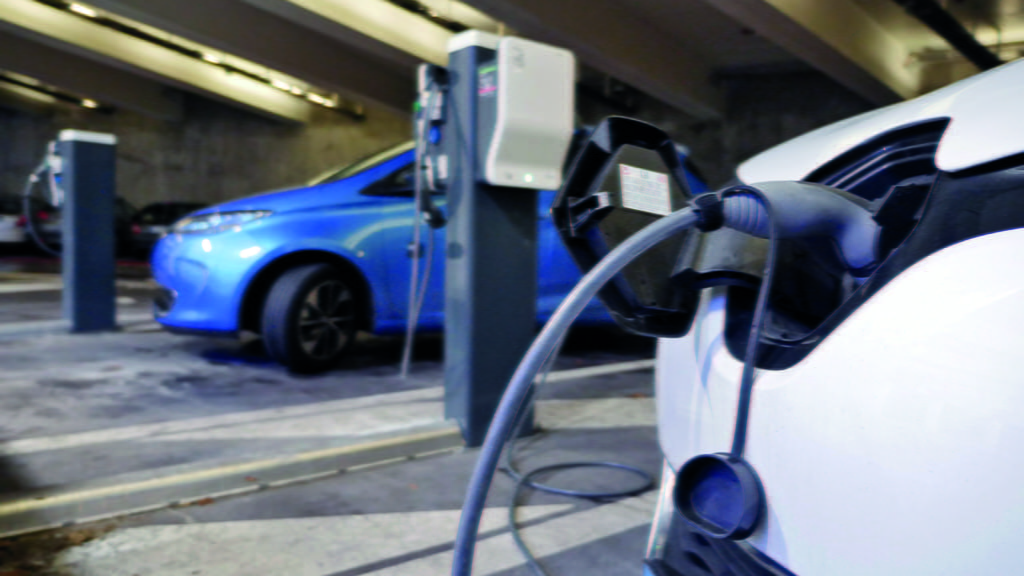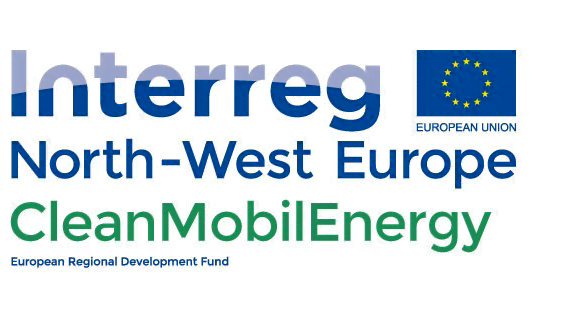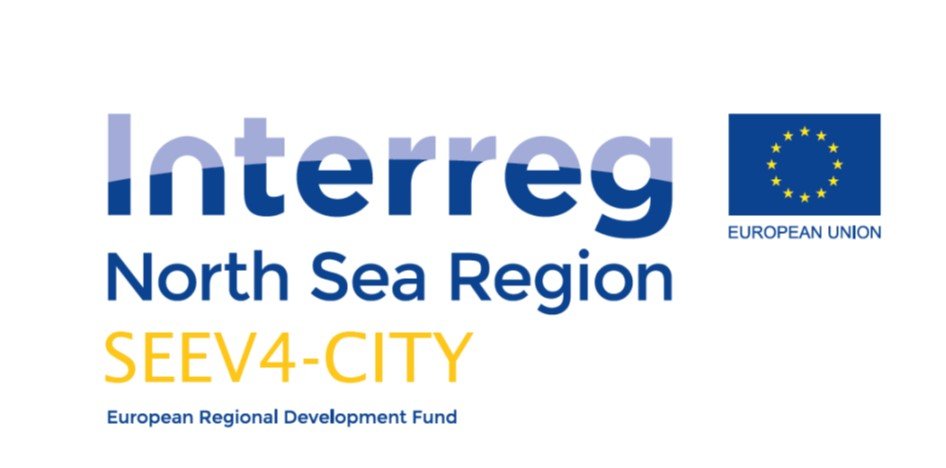Polis becomes a member of IMET
Polis recently became a member of the IMET initiative (Intelligent Mobility for Energy Transition), of the European Innovation Partnership on Smart Cities and Communities (EIP-SCC). This initiative focuses on the interactions between energy and mobility and in particular on how the electrification of transport can contribute to the energy transition. The goal of this initiative is to create local innovation ecosystems to contribute to energy transition.
The IMET initiative, led by Nissan Europe, has published in late 2019 a white paper "Intelligent Mobility for Energy Transition: Accelerating towards more sustainable societies" which "shows that how with a new way of approaching policy, the progress already made can be further exploited to accelerate the [energy] transition. [There is an] untapped full potential of new electrified technologies, what the paper refers to as intelligent mobility technologies which include: electric vehicles, energy storage, smart charging and vehicle-to-grid. [With] the right supporting frameworks Europe can leap frog its efforts to achieving the clean energy transition."
Among the most promising solutions are smart charging and the vehicle-to-grid technologies, on which Polis actively works, in particular through the Interreg project CleanMobilEnergy and SEEV4City. About the potential of electric mobility to contribute to the energy transition, Karen Vancluysen, Polis Secretary General says: "Cities have a major role to play in the energy transition. By building integrated mobility and energy plans and strategies and leading by example, they can be instrumental in the roll-out of multimodal electric mobility. This White Paper illustrates how the multiplication of the number of electric vehicles (hence movable batteries) and smart charging infrastructure in local authorities can unlock the enormous potential of decentralised local production of clean energy.”
More information about the IMET initiative: https://eu-smartcities.eu/initiatives/839/description
Read the white paper: here



